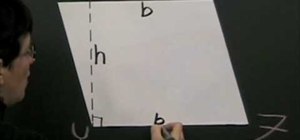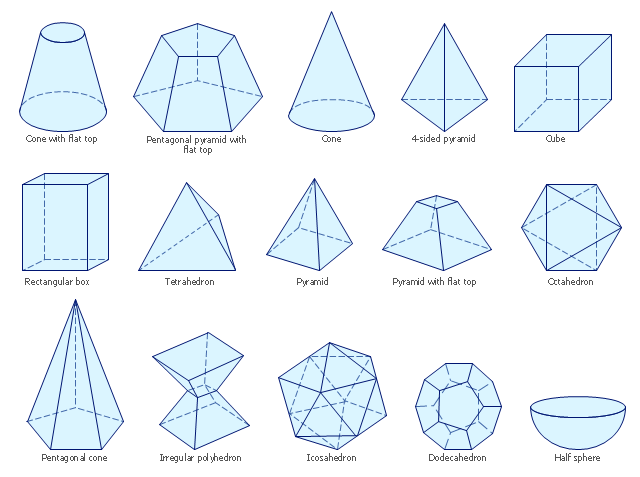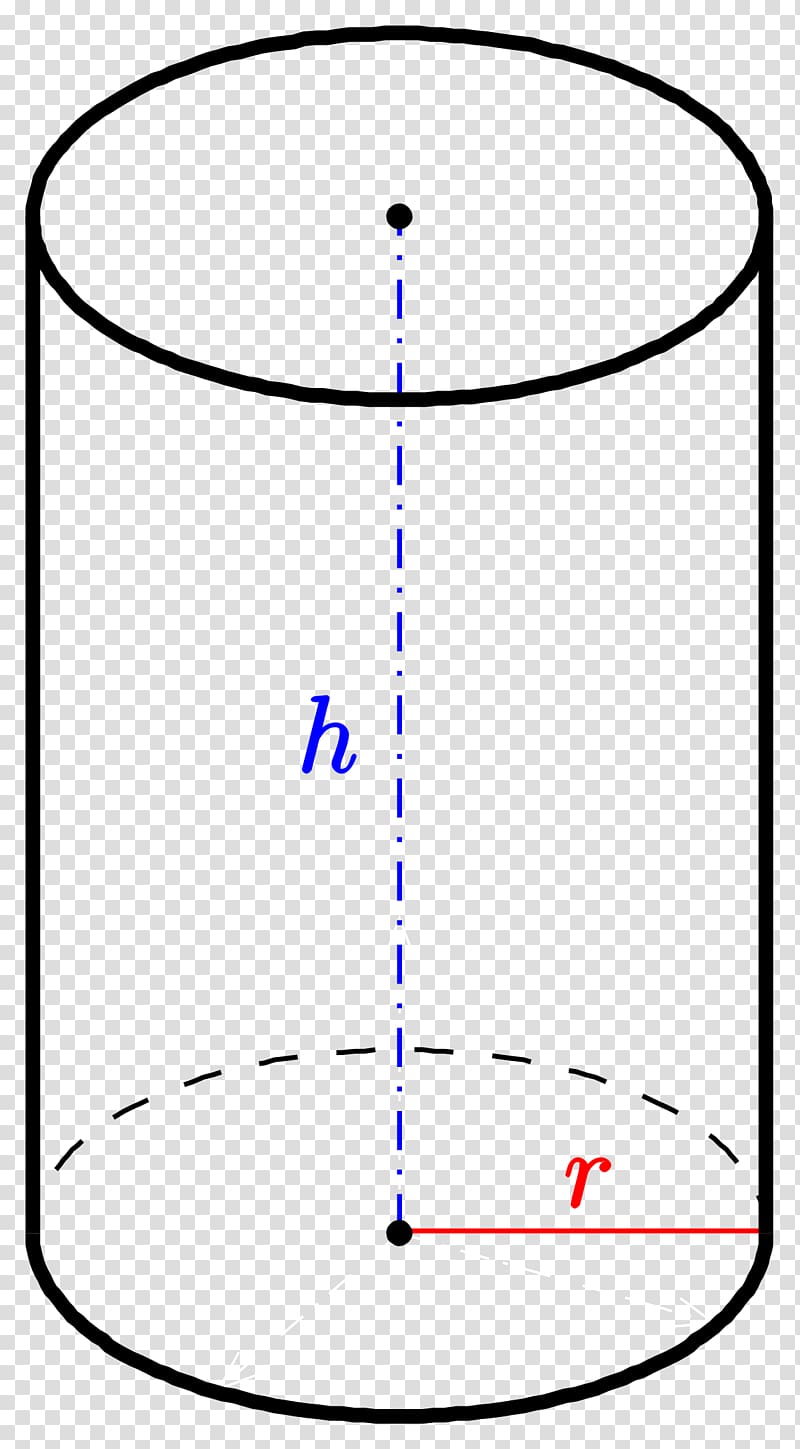
The following list shows the formulas to find the area of the base triangle. Here, we can find the area of the base triangle based on its type and the available information. By applying the above formula to a triangular prism, we get, Volume of a triangular prism = area of base triangle × length of the prism We know that the base of a triangular prism is a triangle. We will use this formula to calculate the volume of a triangular prism as well. The volume of a prism = base area × length of the prism The volume of any prism is obtained by multiplying its base area by its length. We will see the formulas to calculate the volumes of different types of triangular prisms. It is measured in cubic units such as cm 3, m 3, in 3, etc. The volume of a triangular prism is the space inside it or the space occupied by it. Observe the triangular prism shown above where 'b' is the base of each side of two congruent triangles, 'h' is the height of the base triangle, and 'l' is the length of the prism. It is represented by "l" in the figure given below. The length of the triangular prism is the perpendicular distance between the centers of the two bases.

For this, let us first understand what a triangular prism looks like. The volume of a triangular prism can be calculated by taking the product of the area of the triangular base and the height of the prism which is also known as the length of the prism. If the base triangle's two sides 'a' and 'b' and the included angle 'θ' are given, then its area is found using the formula 1/2 ab sin θ square units.What is the Volume of a Triangular Prism?.The formula is also known as Heron's formula. The same formula can be applied for an isosceles triangle or an equilateral triangle. If the type of base triangle is scalene, where all three sides 'a', 'b', and 'c' are given, then its area is calculated using √ square units.If the base triangle is an isosceles triangle with its sides to be 'a', 'a', and 'b' then its area is (b/4) × √(4a 2 - b 2 ) square units.If the base triangle is a right-angled triangle or the prism is called a right triangular prism, with two legs 'b' and 'h' then its area is (1/2) bh square units.If the triangle's height 'h' and base 'b' are given, then its area is (1/2) bh square units.If the triangle base is equilateral or the prism is called an equilateral triangular prism with each side 'a', then its area is √3a 2 /4 square units.Here b is the base length, h is the height of the triangle and l is the length between the triangular bases.įormulas to find the Base Area of different trianglesįollowing are the formulas used to find the base area of different types of triangles. Volume of triangular prism = ½ x b x h x l = ½ bhl The base area = ½ bh, where b is the base length and h is the height of the triangle. Since the prism base is in triangular shape,


Volume of a triangular prism = area of base triangle x height

The volume of a triangular prism can be calculated by taking the product of the height of the prism and the area of the triangular base. It is measured in cubic units such as cm 3, m 3 etc. In simple words, the volume of a triangular prism refers to the space inside it. The volume of a triangular prism is the space occupied by it from all the three dimensions. The height (h) of the triangular prism is the perpendicular distance between the centres of the two parallel bases. A prism is called a regular or uniform triangular prism if its sides are squares and bases are equilateral. If the sides of the prism are rectangular, it is called a right triangular prism and otherwise it is called an oblique triangular prism. The two triangular bases of the prism are parallel and congruent to each other. The edges and vertices of the prism base are joined with one another via the three rectangular sides. It can also be considered a pentahedron, as it has five faces. A triangular prism is a polyhedron having two triangular bases and three rectangular faces.


 0 kommentar(er)
0 kommentar(er)
